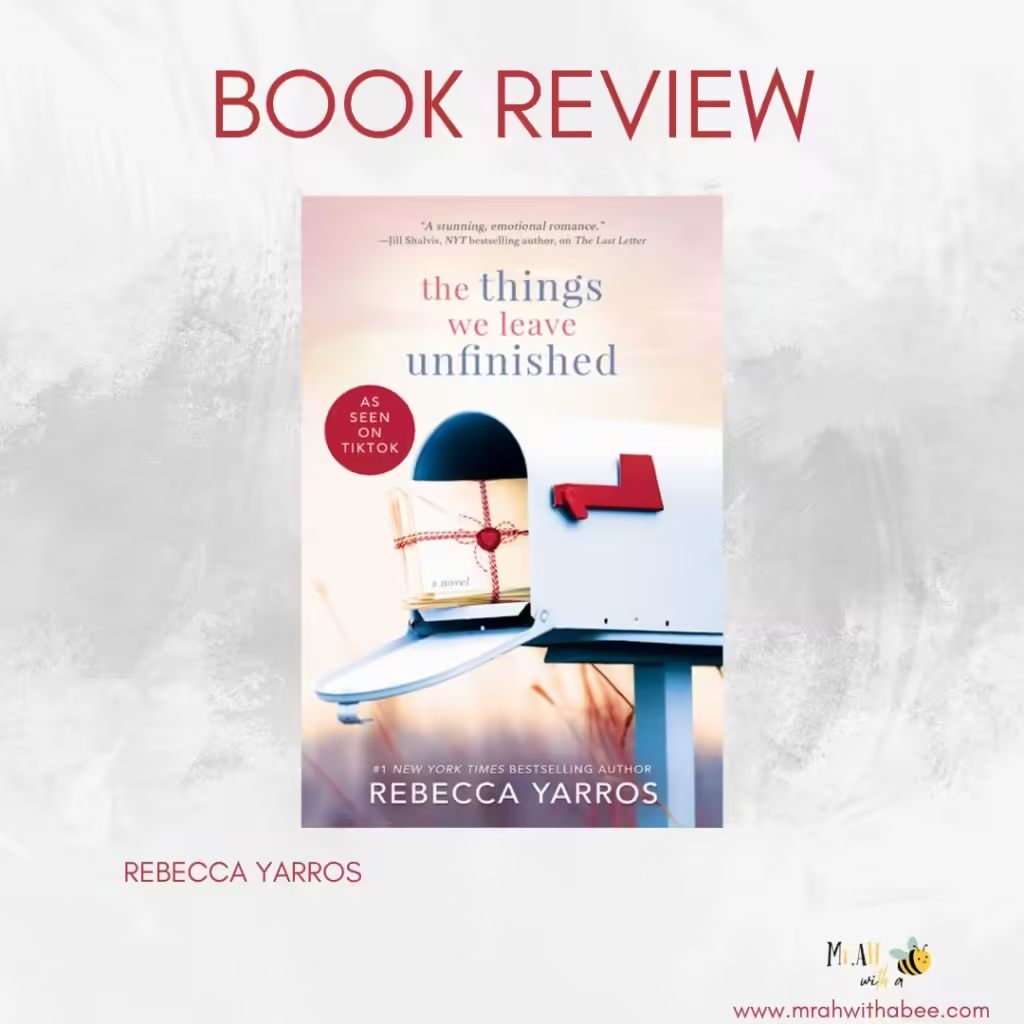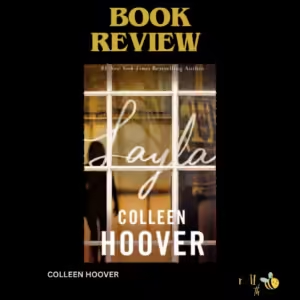The Things We Leave Unfinished by Rebecca Yarros is a deeply felt story that scours into themes of love, loss, and the remnants of the past. Yarros is known for her emotional storytelling, which engages readers with her strong character portrayals and an intricately layered plot. This book explores the enduring power of love and the strength we derive from understanding our histories. In this post, we will explore the central themes, characters, and writing style of The Things We Leave Unfinished, providing insights into why it resonates with so many readers.
Themes and Motif
Rebecca Yarros expertly intertwines themes of love, loss, healing, and family. The story explores the lasting impact of unresolved grief and underscores how understanding our personal histories can facilitate healing. Symbolism is essential, with recurring images and objects that embody the characters’ memories and emotions.
A key theme is that love transcends time, demonstrating how connections can persist despite past challenges. The emotional journey of piecing together what remains unfinished is central to the plot, highlighting the resilience of the human spirit in the face of loss. This exploration underscores the need to confront unresolved feelings. Through these elements, Yarros crafts a rich narrative that resonates deeply with readers, inviting them to reflect on their own experiences of love and healing.
Character Analysis
The main characters are skillfully developed, each bringing a unique perspective to the story.
- Primary Characters: The present-day main characters, Georgia and Noah, plunge into a quest to uncover a family mystery, driven by a desire to understand the secrets and roots that have shaped her lineage. Meanwhile, the WWII-era characters navigate their own trials, facing love and separation under harsh circumstances. As their stories connect the past with the present, their emotional depth becomes prominent. Motivated by their experiences, they are compelled to make life-altering decisions that resonate through time.
- Supporting Characters: By adding complexity to the main characters’ lives, the supporting characters enrich the narrative. They fulfill various roles—friends offering support, confidantes providing insight, and antagonists challenging the protagonists’ beliefs. Illuminating different facets of love, loss, and resilience, these characters not only propel the narrative forward but also offer essential perspectives on the main character’s struggles. Their interactions and relationships deepen the emotional impact of the story, making the journey of the main characters all the more compelling.
Writing Style and Tone
Personal Reflection
Conclusion
FAQs
- Is The Things We Leave Unfinished based on a true story?
-
- What genre is this book?
- It is a blend of contemporary romance and historical fiction, with themes of family and mystery.
- Who would enjoy this book?
- Fans of romance, historical fiction, and stories about family and personal growth would likely enjoy this book.
- Is this a standalone book?
- Yes, The Things We Leave Unfinished is a standalone novel.
- How emotional is the story?
- The book is quite emotional, as it deals with love, loss, and healing.
- Does the book have a happy ending?
- To avoid spoilers, let’s say the book has a meaningful conclusion, but it’s bittersweet.
- What age group is this book suitable for?
- The book is suitable for adults and older teens due to its mature themes.
- What makes this book unique?
- The dual storyline that combines past and present adds a unique twist and depth to the story.
- Are there supernatural elements in the story?
- No, the story is grounded in real-life events and emotions, with no supernatural elements.
- Can I relate to the characters even if I’m not into historical fiction?
- Absolutely. The themes of love, loss, and family are universal and will resonate with many readers.
Our recent book reviews
Thank you for reading, for more interesting articles visit our homepage.





